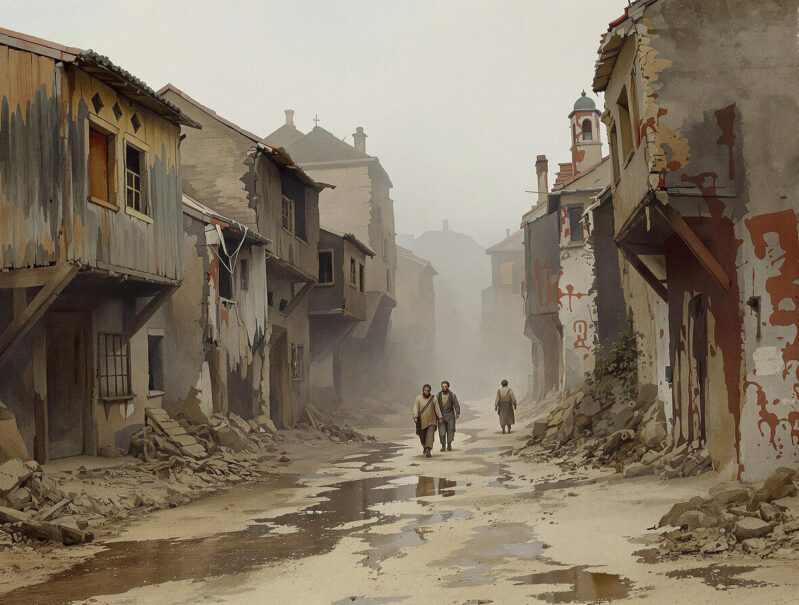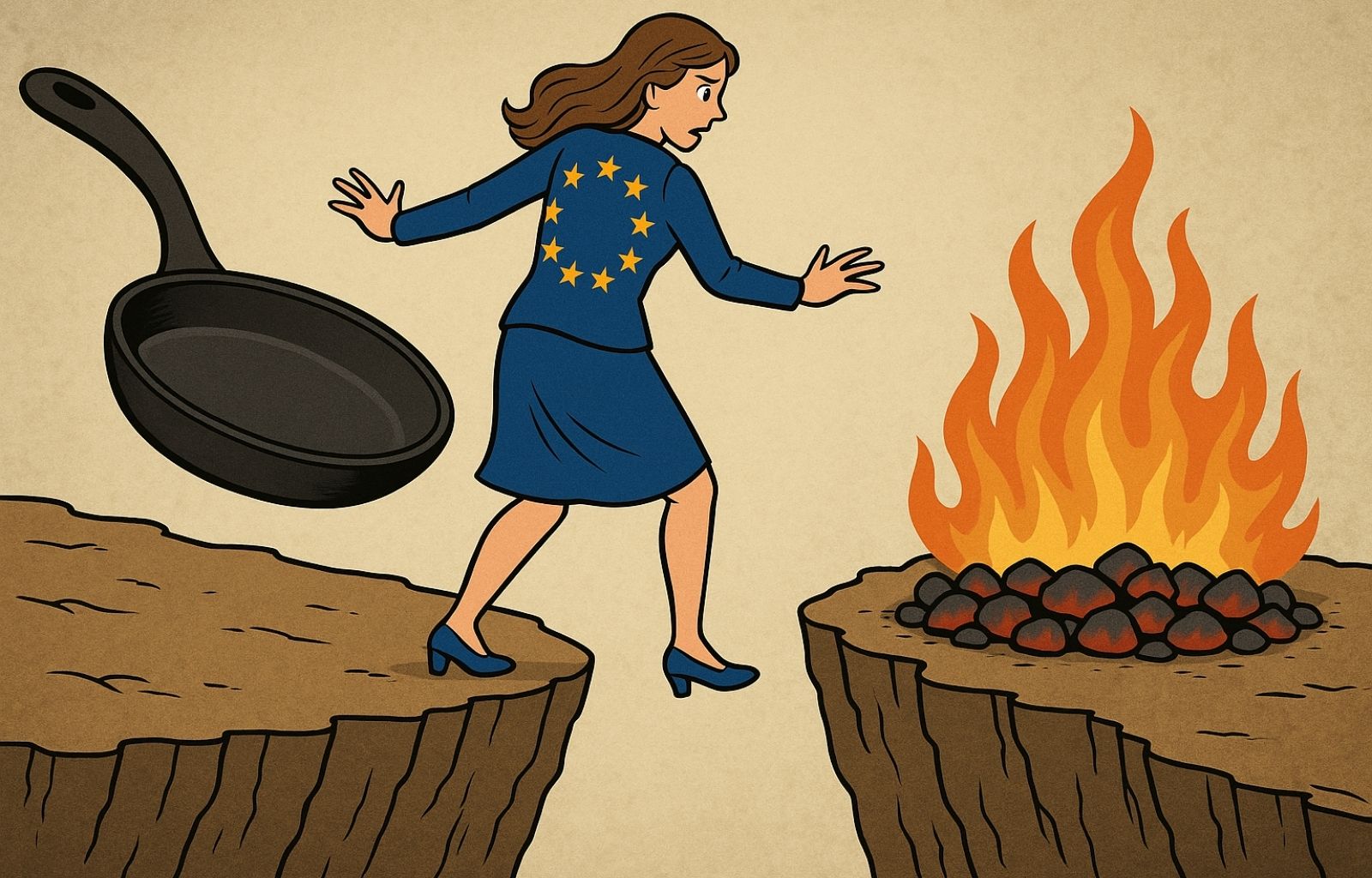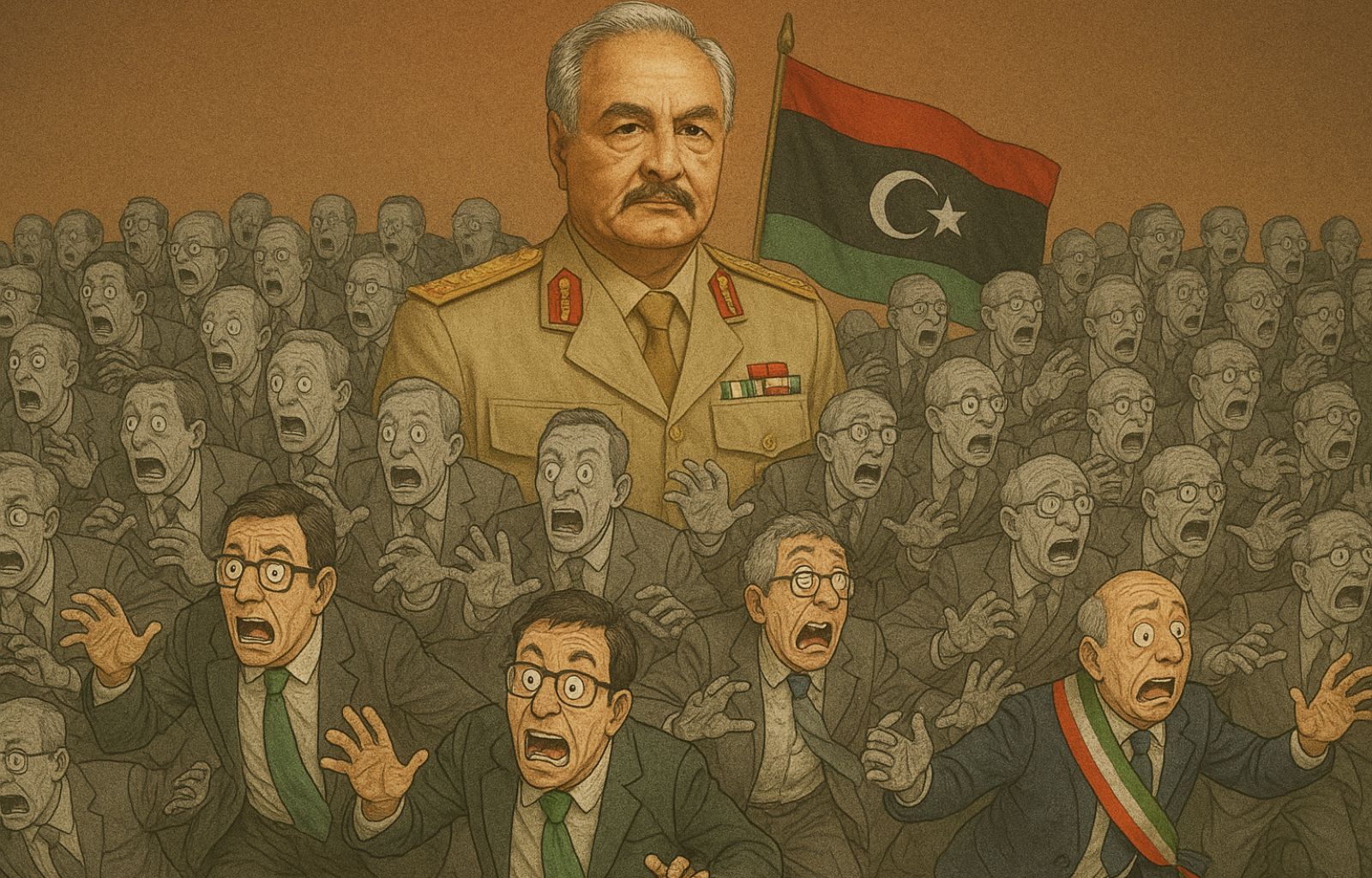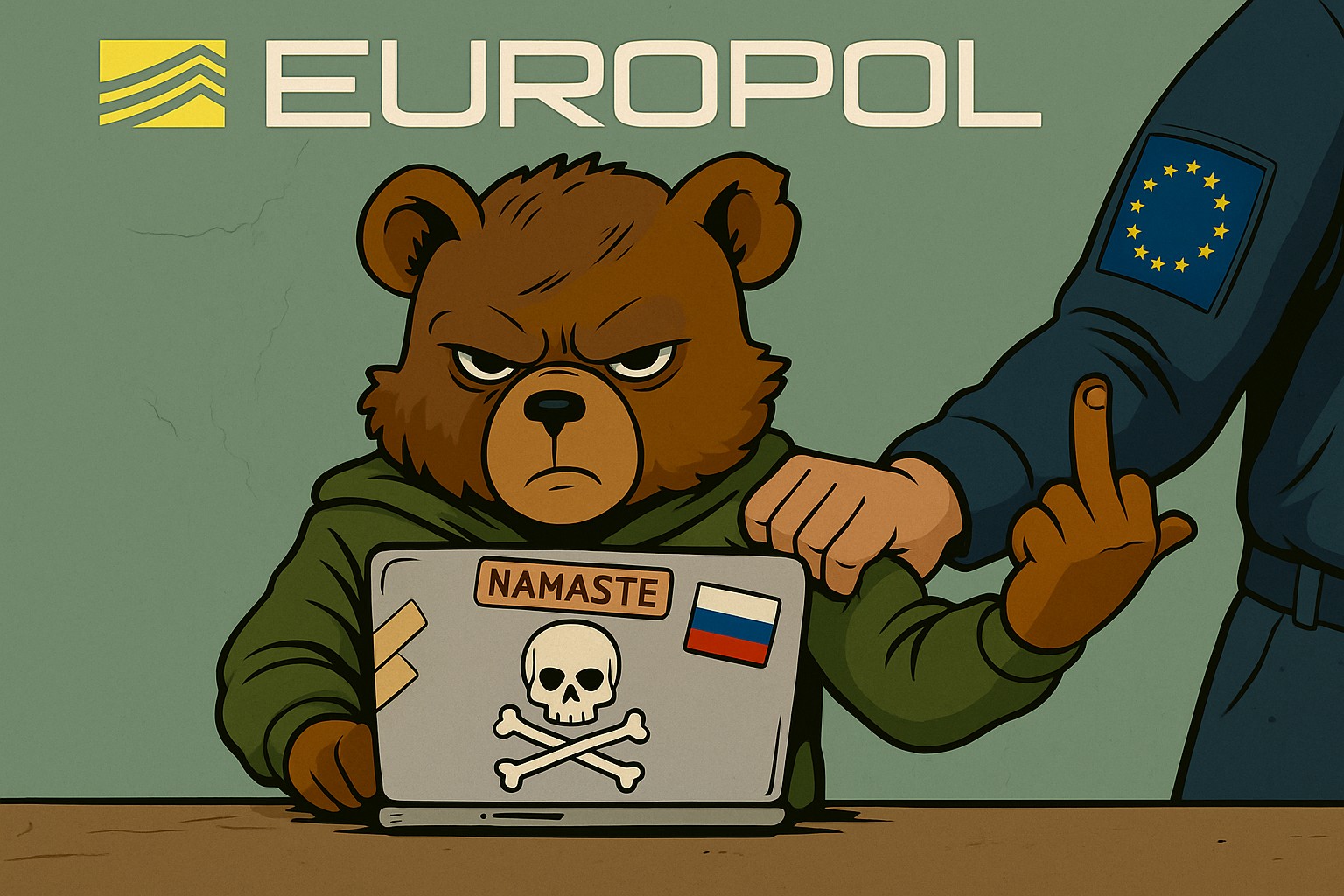Russia’s (or, rather, West Korea’s) economic dusk

A few days ago, the Ukrainian secret services released alleged emails from Elvira Nabiullina, the governor of Moscow’s Central Bank, giving orders to print 150 billion roubles in three months. A move that, if it were really done, would net double the amount of money in circulation.
Inflation would be so uncontrollable that it would plunge Russia not into a new 1991, but even into a new 1918, when Lenin, isolated from the world, unable to collect taxes and needing to cover the costs of the civil war, printed so many roubles that he wiped out their value, forcing entire regions to revert to barter.
In all likelihood, the leak was only a psychological operation by Budanov’s men, which in fact was not picked up by the major international economic newspapers such as Bloomberg or the Financial Times.
Yet, even if such reports are exaggerated, it is a fact that Vladimir Putin’s industrial and financial machine is now visibly jammed on all fronts.
The script is similar to what we saw at the end of the Cold War: plummeting oil revenues combined with soaring military spending (which now exceeds 140 billion euros a year).
Relief from the Gulf
Indirect credit goes to Saudi Prince Bin Salman, who, together with his minor OPEC allies, decided earlier this year to flood the global markets with oil, adding between 400,000 and 600,000 barrels a day every month and driving the price down.
Gulf oil, in fact, is much cheaper to extract than Arctic or American shale oil: when the price drops too much, Bin Salman and his associates continue to have an edge, while their rivals see it almost disappear, leaving the market in their hands.
Now, until the end of 2024, the Saudis had deluded themselves that they could continue to ‘have their cake and eat it’, i.e. to dominate the market while also keeping prices high. Each OPEC country had been imposed production quotas that it did not have to exceed.
But the chain reaction triggered by the Euro-Atlantic sanctions on Russia had prompted countries like Kazakhstan to disregard OPEC quotas in order to become the new suppliers of Putin’s former customers.
After waiting and being patient for months, the Saudis then decided to accept ‘the new reality on the ground’ (to use a formula dear to the Putinites) and remove the quotas, giving up the high price in order to save their own market dominance.
And so, in the first half of 2025, the price of crude oil was reduced to hovering between $55 and $70 per barrel, and the anti-Russian sanctions finally started to bite again as they had in early 2023.
A two-year delay that has cost the Ukrainian people thousands of casualties and inhuman suffering, and has also put pressure on the army, which is struggling to fill its ranks to replace the more than 400,000 dead and wounded.
But Ukraine, as we have written many times, had been consciously destined for this ordeal by the prudence of Joe Biden, who, in order not to risk Russian nuclear reprisals, made sure to put the Cossack country in a position to resist but not to win.
Now, thanks to sanctions and the oil price hit, Russia’s war economy is crumbling and for the Ukrainians (if they do not lose their internal fight against corruption first) liberation becomes a real hope.
Let us see, sector by sector, the signs of this crumbling.
Fossil energy
In the first half of 2025, revenue from the sale of gas and oil products was around EUR 50 billion (17% less than in the first half of 2024). In June alone, after the European and British clampdown on hundreds of ships in the ‘shadow fleet’, the drop was almost 34% compared to June 2024.
Three oil corporations (Gazpromneft, Surgutneftegaz and Russneft) are now loss-making, while three others have drastically reduced their profits (Rosneft -74%, Lukoil -82%, Tatneft -45%) compared to the first months of 2024.
Even more critical is the situation of the gas corporations, which had Europe as their almost exclusive customer. Exports have plummeted back to 1970 levels, 47% less revenue than a year ago, 60 billion cubic metres of unsold gas that no one knows how to dispose of, Gazprom’s market value has fallen to just 38 billion (less than the Pop Mart toy company, the web jokes) and a Kremlin more rapacious than ever that claims most of the revenue for itself.
In order to avoid bankruptcy of the methane giant, a paradox has been reached: since July, bills in several regions of Russia have risen by more than 20%.
Completely out of business, however, was Russian coal, hit both by sanctions and the objective drop in global demand. Already in 2024, losses were three times higher than in the Covid year. Now 51 out of 179 coal mining companies (official data) are already bankrupt or at risk of bankruptcy.
It is in this context that the European Union has found the courage to launch its 18th sanctions package, while Trump is considering backing the US Senate’s proposal for 100% tariffs on states that buy Russian energy products.
Such moves would hardly alienate China from the Kremlin, but already if they succeeded in displacing India (which has let it be known that it has found alternative suppliers) they would give the Russian oil companies the coup de grace.
Properties
Deprived of fossil fuels, Putin had to suspend the state-subsidised mortgage programme (6 billion euro a year) which had kept the property market alive with an artificial lung.
So the bubble deflated quickly: sales of new flats dropped by 38%, and to date there are 55 million unsold sqm (about one million flats according to the Russian average).
Sales of excavators and other construction machinery have halved compared to a year ago.
Moreover, Russians do not want to know about taking out normal mortgages: this is already the second year that the Central Bank has kept interest rates above 20%, which makes mortgages cost around 28%.
At the moment, the uncollected debts of private Russian citizens are around EUR 20 billion, and everything suggests that they will increase.
Transport
Since the beginning of the war, goods trains have carried fewer and fewer tonnes of goods: from more than 1,200 billion a year, they have fallen to less than 1,100.
The sanctions, which slow down the maintenance of the trainsets, have something to do with it, but also with the shortage of railway personnel who have been sent to the front.
Truck transport has similar problems. If the two types are added together, the volume of goods shipped in the first months of 2025 is comparable to that in the first months of 2021, with the pandemic not yet over.
Russia’s civil aircraft fleet, almost all of Western manufacture, has also run out of components.
58 aircraft have already been taken out of service, and another 700, covering 90% of passenger flights, are at risk (in 2024 there were more than 210 emergency landings due to breakdowns compared to 160 in 2023.
Aeroflot lost more than EUR 40 million at the beginning of this year, whereas at the beginning of last year it was still making a profit.
The loan shark loans, combined with a price increase of between 70% and 85%, then hurt the car market: a representative of Avtovaz predicted a contraction of 50% on all models this year and 33% on its own. Official figures up to June recorded a -25%.
War industry
Over the past few weeks, legal orders for compensation sent by the Ministry of Defence to companies in the military complex, due to non-delivery, have caused a stir. One million was demanded from Uralvagonzavod, the tank factory, 11 million from Tupolev, which repairs or builds bombers, 2.3 million from Khrunichev, which produces ballistic missiles.
This comes in a context where more than half of the ammunition used against the Ukrainians is imported from North Korea, while drones are assembled by African slaves from 97% Chinese parts.
Those on the web who amuse themselves by calling Russia ‘West Korea‘ are not wrong: the aggression against Ukraine would have ended years ago if Moscow had not turned into an industrial branch of Beijing, treated with respect only because of its nuclear arsenal, not too dissimilar from Pyongyang.
Public Debt
Industrial paralysis and high inflation can affect any country, but only Russia has to reconcile them with a military expenditure of around 40% of the government budget.
Where is the money to bail out failing companies if 400 million a day is wasted in the Ukrainian meat grinder?
On the one hand, Putin is drawing on the Sovereign Wealth Fund where oil revenues flowed (while they still existed). It still contains the equivalent of EUR 44 billion in yuan and gold.
On the other, however, he is getting into debt. And a lot.
In the first half of 2025, it has contracted some EUR 33 billion of public debt (three times as much as in 2024 and twice as much as in 2023), burdened with interest of over 14%.
Added to this is the ‘hidden debt’ incurred by the state-covered military industry complex, which already reached the insane figure of EUR 400 billion in January.
Now, if despite all these stimuli the major companies in every sector continue to make losses or cut production, the last card left to play may indeed be the ruble printing press.
And the last few times that machine was activated we know how it ended.
But it would be foolish to let our guard down
If oil prices do not rise again, by mid-2026 the sunset of the Russian economy will give way to nightfall.
Sure, Putin could stop the aggression against Ukraine, but it is not certain that he would be rewarded with the removal of sanctions (all the more so if he wanted to keep the regions he has conquered so far).
Moreover, coming out without a total victory from a conflict in which he sacrificed a million Russians (plus influence over Syria, Central Asia, and the South Caucasus) could be fatal to his stay in power. So the most likely scenario is that he will continue full steam ahead to the cliff.
But relying on this alone is nonsense.
Putin, for example, feeling cornered could play it all and assault the Baltic countries to try to break Nato.
Ukraine, for its part, could spiral into a crisis of discontent against certain opaque methods of its government and the absence of effective air defences for civilians. Finally, there is the Trump variable.
Economics lends a hand in winning wars, but no wind is good for those who do not know where they want to land.












